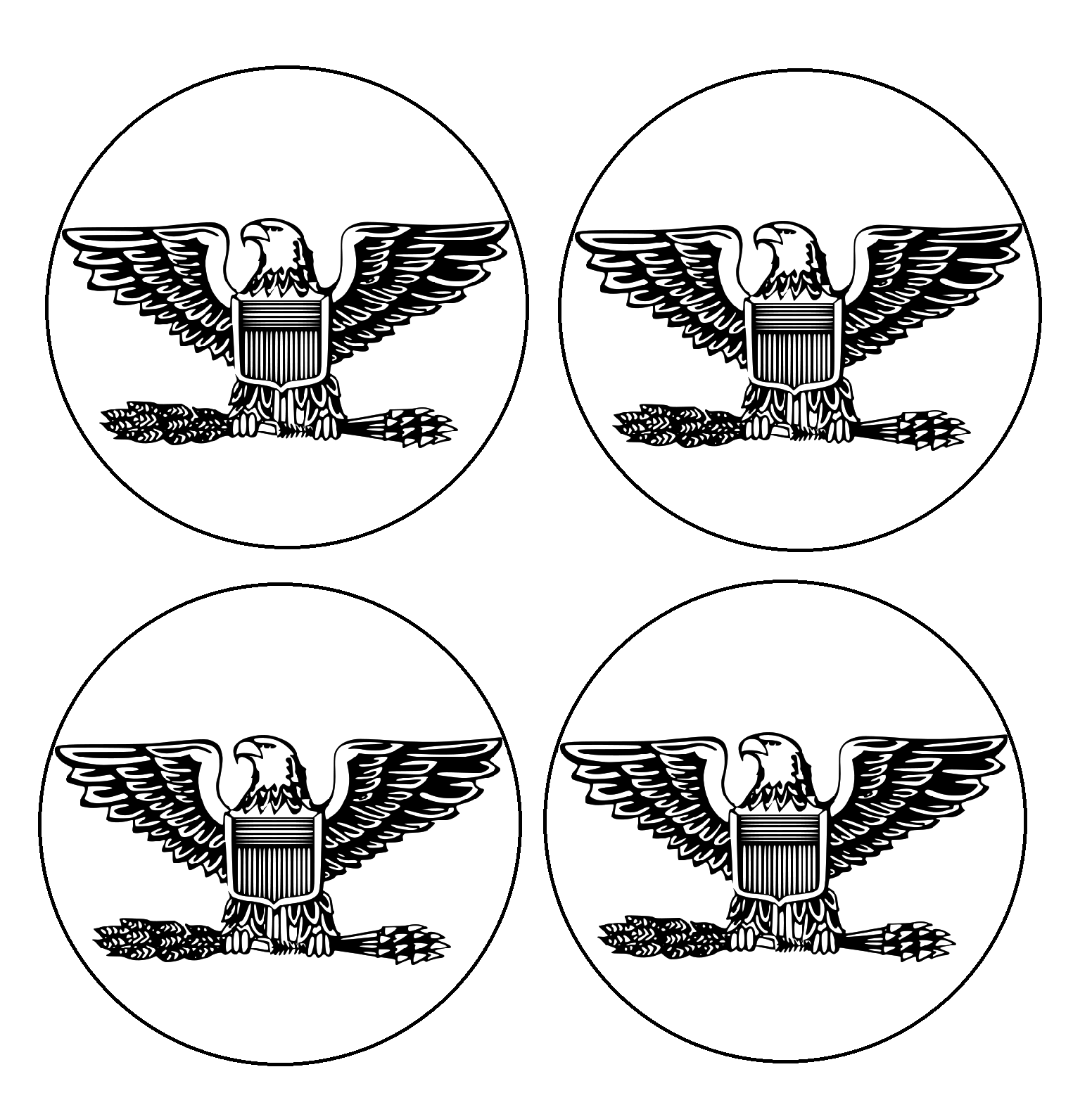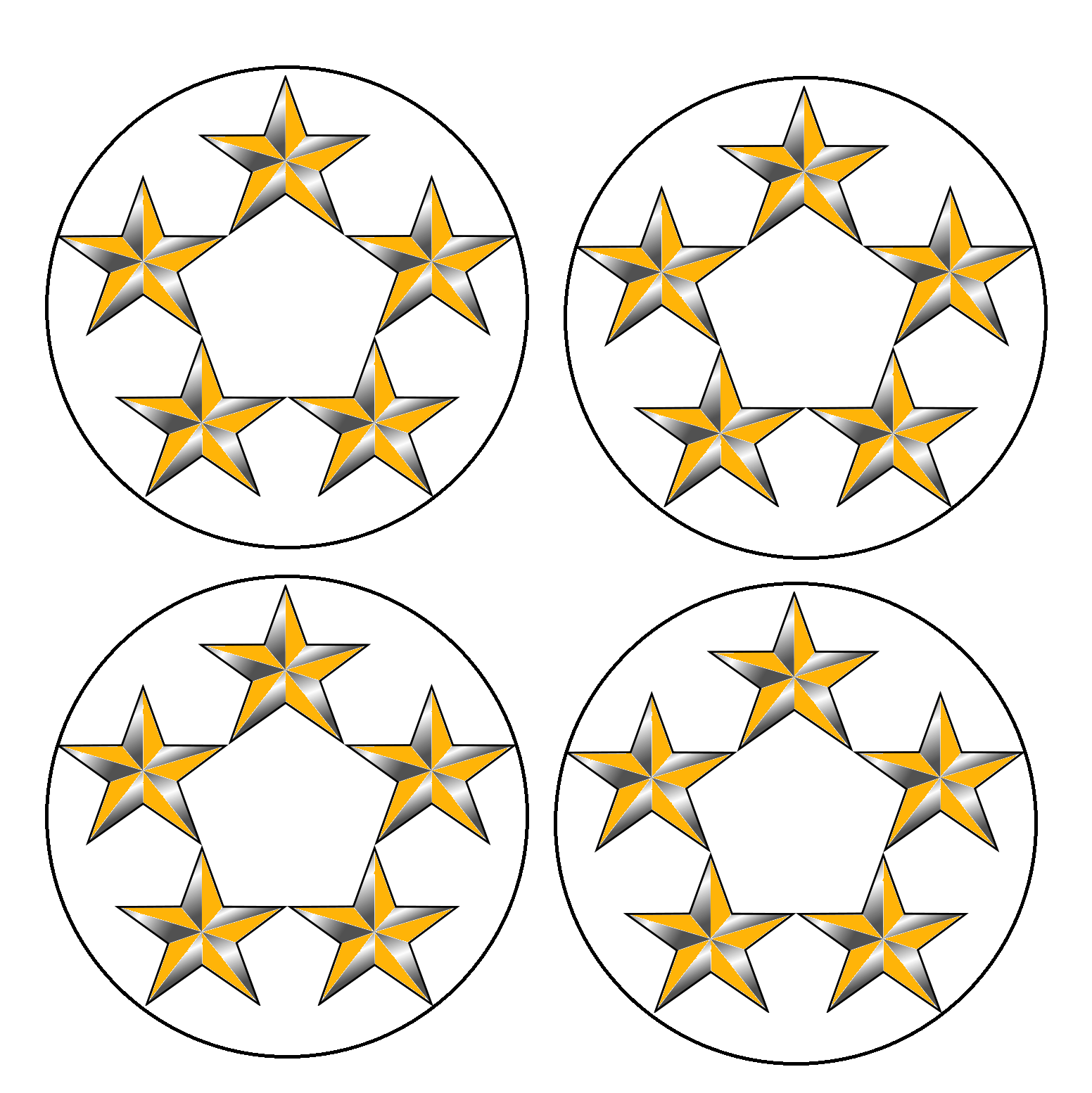First of all, I’d like to introduce myself. I am the A&AClassicDude. I am pretty new to Axis and Allies and the Axis and Allies Community. I know the most about and make YouTube videos about Axis and Allies Classic. My channel is relatively new and small. With introductions out of the way let’s get to business.
Here are all my custom house rules my friend and I made. Please notify me of any issues that may exist in these rules.
Axis and Allies Classic House Rules By: A&AClassicDude
1: Creation of an important city
To create an important city, the player must meet certain requirements
The Player must meet all of the following criteria
•Must own the territory
•Territory must have a value of 2 or more
•On the territory, there must already be 3 Infantry and 2 Tanks. These cannot be moved until construction of the new city is complete.
•Must create an Industrial Complex on desired territory
•On the same territory, an Anti-Aircraft must be built. It cannot be moved. If the Anti-Aircraft is moved, the territory ceases to be an important city. When the Anti-Aircraft is moved back on, the territory will become an important city once more. The Anti-Aircraft must be constructed from the Industrial Complex, and cannot be moved onto from another territory.
•Lastly, for the territory to become an important city, the player must purchase a “Headquarters”. The Headquarters is indicated by another Industrial Complex.The Headquarters unit costs 10 IPCs to construct and cannot be destroyed, moved, or brought into battle. It can only be bought when all of the other conditions are met.
Changes to game play: With the new important city, even if the Power’s main capital is taken, the Power can keep it’s IPCs because of the new important city and still be able to produce units. An important city is not to be confused with a Victory City in other versions of Axis and Allies. What an important city does is decrease the chance of the Power to dropout of the game. For the power to dropout, everyone one of its important cities must be captured. (Ex. If the U.S.S.R creates 3 Important Cities, every single Important City must be taken including Moscow for the U.S.S.R to drop out the game). During the construction of an important city the industrial complex can only build the economic value of the territory. However, once the Headquarters unit is constructed, the Industrial Complex is now able to create up to 5 units per turn.
2: Multiple hit Aircraft Carriers and Battleships
To make them more worth their high price, Aircraft Carriers and Battleships take 2 hits like in other Axis and Allies versions, but still cost the same. Unlike other version of Axis and Allies however, damaged Battleships and Aircraft Carriers cannot be rebuilt as there are no Naval Bases. (Unless the U.S.A has their country specific upgrade which allows them to do so.)
3: Kamikaze
If any Aircraft attacks the opponent, and doesn’t have enough movement to land safely, it can Kamikaze itself. This’ll let a player get the extra power they need if they’re willing to give up an Aircraft
4: Paratroopers
Usually Bombers are unable to carry land units. With House Rules, they can carry 1, and only 1 infantry. They work much like transports in terms of being attacked. If the bomber is shot down mid-carry of an infantry, the infantry dies with it. During the period of a bomber carrying an Infantry, the bomber is unable to attack on a 4 as it usually would. Until the bomber releases the infantry, it cannot attack, no matter the situation. If the bomber is defending, it can still retaliate for a 1. Bombers can only carry the infantry if the infantry starts on the same territory as it. (If the bomber is mid-air it cannot pick anything up, so realism applies here too).
5: No retaliation if all attacker’s units hit.
If the person attacking has all the troops it brought into battle, hit, then the defender will not get a chance to retaliate. For this rule to activate, the attacker must also have more troops than the defender. This rule doesn’t apply to 1 single attacking unit. (Ex. The U.S attacks a Japanese fleet of air crafts. The U.S has 3 Fighters, and Japan has 2. If all of the U.S’ fighters roll a 3 or less, then Japan doesn’t get to roll for defense. In another situation, if the U.S had 1 fighter, and Japan also had 1 fighter, if the U.S rolls a 3 or less, Japan’s fighter still gets to retaliate.) This rule applies at the beginning of every turn (Rolling session) in a battle.
6: Political Power
During the game, it is possible to have your country collapse politically. If your income is less than 25% of your base, your country will fall into a Political collapse.
What is a Political Collapse?
In the house rules, a Political Collapse affects your country by weakening your army and selection of units. During a Political Collapse, a country can only buy Infantry, Fighters, and Submarines. They are unable to retreat from battles. All troops on territories that aren’t on the capital, or any territories surrounding it, will turn neutral the moment a Political Collapse happens. These events and gimps only occur once per Political Collapse. A country enters Political Collapse when the power’s economic value is that of its capital or less. (Ex. The U.S.S.R will enter a Political Collapse when it has less that 8 Economic Worth because it’s capital is worth 8 IPCs). During a Political collapse, the power only receives half of its income (The greater half, if it’s an odd number). A country can escape Political collapse once it has more than a certain income, but can easily fall back in at any point afterward.
The income for each power to fall into Political Collapse:
•U.S.S.R:8 Economy or less
•Germany: 10 Economy (12 with Italy mode) or less
•The U.K: 8 Economy or less
•Japan: 8 Economy or less
•The U.S.A: 12 Economy or less
(If Italy mode is in play)
•Italy: 5 Economy or less
7: Country Specific Upgrades
During the Research and Development phase, if the player rolls a six they can either choose their country specific upgrade, or from the R&D chart after rolling again.
The U.S.S.R’s: Infantry Sale
Infantry cost 2 IPCs instead of 1.
Germany’s: The Mighty Waffen SS
Adds a new unit, the SS Infantry. It costs 4 IPCs but can attack on a 2
The U.K’s: Scrambling Aircrafts
Much like other versions of the game, the U.K will have access to scrambling. The U.K can scramble up to 3 aircrafts on air bases. All capitals and important cities are considered air bases as well. Note: The U.K can scramble on allied air bases and even during their ally’s defending turn.
Japan’s: Sneaky Submarines
On the offense, all Japanese submarines can attack with their surprise submarine attack twice. Not during the same turn, but they’re able to do it in turns 1 and 2. This applies to all Japanese submarines, and there are no limits.
The U.S.A’s: Better Work Ethic
The U.S.A can repair damaged battleships and aircraft carriers in any American industrial complex in a territory touching a sea zone.
Italy’s: Cheaper Aircrafts
The fighter’s cost is reduced to 9 and the bomber’s cost is reduced to 11.
Rejected Ideas:
Russian Winter
German U-Boats
Island Defense Infantry
Increased Movement Submarines
Double Hit Tanks
8: Italy
Italy is an added power to the game. Italy goes last in turn order. It begins with 15 income, and starts with the following territories.
•Southern Europe (Now known as Italy) being worth 5 IPCs. It starts with 3 Tanks, 1 Infantry, 1 Fighter, 1 Industrial Complex, and 1 Anti-Aircraft Gun. In its sea zone, there is a transport.
•Algeria being worth 2 IPCs. It starts with 2 Infantry
•Libya being worth 1 IPC. It starts with 1 Infantry.
•Anglo Egypt Sudan being worth 2 IPCs. It starts with 2 Infantry and 1 Fighter.
•Spain isn’t neutral anymore. It is now worth 3 IPC. It starts with 1 Tank. In its sea zone (In the Mediterranean) it has 1 submarine.
•Turkey isn’t neutral anymore. It is now worth 2 IPCs. It starts with 1 Tank and 1 Fighter. In it’s sea zone it has 1 submarine.
Changes to Germany: Since Algeria, Libya, and Southern Europe now belong to Italy. Germany’s territories’ values have been changed. Germany still has an income of 32 IPCs, but the territories are worth more and less now.
Berlin, Germany is worth 12 IPCs
Western Europe is worth 5 IPCs
Eastern Europe is worth 5 IPCs
Finland/Norway is worth 5 IPCs
Ukraine S.S.R is worth 5 IPCs
All of Germany’s units that were originally in Southern Europe, Libya, and Algeria, don’t get transferred to another territory. This means that Germany actually loses units and starts off with less than normal.
Changes to The U.K:
Now that Anglo-Egypt Sudan belongs to Italy the 2 IPC worth gets transferred to India, making India worth 5 IPCs.
All of the U.K’s units on Anglo-Egypt Sudan are moved to Syria-Iraq.
The U.K’s battleship that was in Gibraltar’s sea zone gets moved to the U.K’s, meaning that mainland U.K’s sea zone starts with 2 battleships















